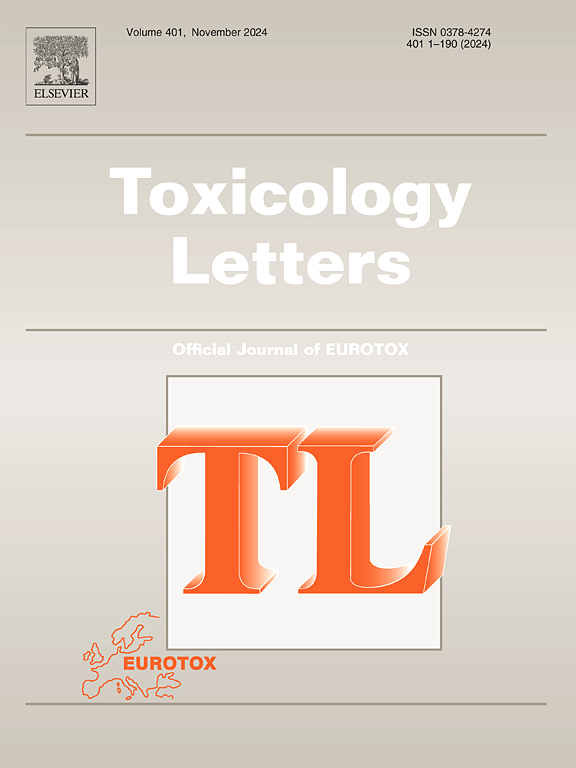Multi-approach study on diethylhexyl phthalate and monoethylhexyl phthalate binding to lysozyme: In silico, bioactivity and surface plasmon resonance analyses
IF 2.9
3区 医学
Q2 TOXICOLOGY
引用次数: 0
Abstract
Diethylhexyl phthalate (DEHP) and its metabolite monoethylhexyl phthalate (MEHP) are recognized as endocrine disruptors with significant toxicological effects on various human physiological systems. While previous research has explored phthalate-protein interactions, there is a notable gap in studies focusing on the interaction between these endocrine disruptors and lysozyme (LZM), a critical component of the immune system. This study aimed to investigate the interactions of DEHP and MEHP with chicken egg white lysozyme (CEWLZM) using molecular docking, molecular dynamics simulations, bioactivity and surface plasmon resonance (SPR) analyses to evaluate the molecular mechanisms, binding affinity, kinetic properties and bioactivity effects of these interactions. Complementary insights from molecular docking and molecular dynamics simulations indicate that DEHP has a stronger binding affinity for CEWLZM than MEHP. This affinity value was corroborated by an intense hydrophobic and van der Waals interaction network especially maintained by the active residue Leu75 and Asp101-Ala107. Although MEHP did not exhibit a significant effect on enzyme activity in lysozyme bioactivity assay, DEHP inhibited lysozyme with an IC50 value of 453 µM. SPR analysis revealed that DEHP exhibits a significantly stronger binding affinity to CEWLZM compared to MEHP.
邻苯二甲酸二乙基己酯和邻苯二甲酸一乙基己酯与溶菌酶结合的多方法研究:硅、生物活性和表面等离子体共振分析
邻苯二甲酸二乙基己酯(DEHP)及其代谢物邻苯二甲酸单乙基己酯(MEHP)是公认的内分泌干扰物,对人体的各种生理系统具有显著的毒理学影响。虽然以往的研究已经探讨了邻苯二甲酸酯与蛋白质之间的相互作用,但有关这些内分泌干扰物与溶菌酶(LZM)(免疫系统的一个重要组成部分)之间相互作用的研究却明显不足。本研究旨在通过分子对接、分子动力学模拟、生物活性和表面等离子体共振(SPR)分析,研究 DEHP 和 MEHP 与鸡卵白溶菌酶(CEWLZM)的相互作用,以评估这些相互作用的分子机制、结合亲和力、动力学特性和生物活性效应。分子对接和分子动力学模拟得出的互补结论表明,DEHP 与 CEWLZM 的结合亲和力强于 MEHP。活性残基 Leu75 和 Asp101-Ala107 所维持的强烈疏水和范德华相互作用网络证实了这一亲和力值。在溶菌酶生物活性测定中,虽然 MEHP 对酶活性没有明显影响,但 DEHP 可抑制溶菌酶,其 IC50 值为 453 µM。SPR 分析表明,与 MEHP 相比,DEHP 与 CEWLZM 的结合亲和力明显更强。
本文章由计算机程序翻译,如有差异,请以英文原文为准。
求助全文
约1分钟内获得全文
求助全文
来源期刊

Toxicology letters
医学-毒理学
CiteScore
7.10
自引率
2.90%
发文量
897
审稿时长
33 days
期刊介绍:
An international journal for the rapid publication of novel reports on a range of aspects of toxicology, especially mechanisms of toxicity.
 求助内容:
求助内容: 应助结果提醒方式:
应助结果提醒方式:


